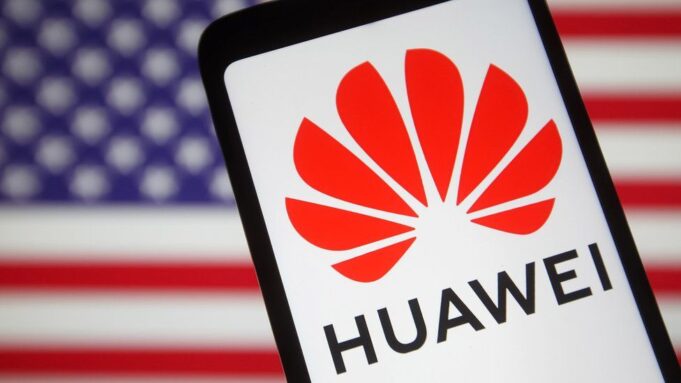Research and consulting firm Frost & Sullivan has released its Global Modular Data Centre Market Report.
According to the report, market share for Huawei’s Smart Modular Data Centre Solution has grown rapidly in recent years, increasing from 12.7% in 2017 to 20.5% in 2020, demonstrating the solution’s leadership position worldwide.
The report also notes that the global modular data centre market is expected to maintain rapid growth, with a Compound Annual Growth Rate (CAGR) of 20.9% over 2020–2026.
While such growth will place higher requirements on the product strength and service responsiveness of modular data centre vendors, the key to Huawei’s leadership position lies in its ongoing, high investment in innovating technologies and product integration.
For example, in 2017, Huawei’s FusionModule 2000 Smart Modular Solution was certified by the Uptime Institute, “The Global Authority on Data Centre Best Practices,” becoming the world’s first modular data centre solution to obtain Uptime TIER-Ready IV certification. Huawei’s smart modular data centres integrate power supply and power distribution, temperature control, cabinet aisles, cabling, and monitoring into a single module, ensuring rapid delivery and on-demand deployment.
In September 2020, Huawei launched its next generation FusionModule 5.0 Smart Modular Data Centre, based on concepts of modularization, intelligence — including an Artificial Intelligence (AI)-based automated inspection robot for data centres — and a full-scale lithium-ion battery, SmartLi. FusionModule 5.0 also benefits from a suite of Huawei innovations — collectively referred to as i3 — including Huawei’s intelligent power supply and distribution technology, iPower, the iCooling intelligent thermal management solution that improves Power Usage Effectiveness (PUE), and iManager, a centralized, smart management solution. These innovations help to build a smart data centre solution that is simple, green, intelligent, and secure.
More recently, in July 2021, a new PUE test record was set for Huawei’s smart modular data centre products. Annual average PUE was recorded as low as 1.111, representing a significant improvement on the market average, which sits around 1.5.
An important indicator for measuring the energy efficiency of a data centre, PUE is defined as the ratio of total facility energy compared to the energy exclusively used by Information Technology (IT) equipment in the facility. Accordingly, a lower PUE value indicates higher energy efficiency and improved energy savings. Huawei’s smart modular data centre solution maximizes the use of natural cooling sources, in order to reduce the power consumed by temperature control systems. Combined with iCooling, this helps to achieve some of the lowest PUE figures in the industry. As a result, Huawei’s smart modular data centre solution can reduce the total power consumption of a data centre by almost 25%, translating into significant energy savings, helping customers to build green, low-carbon data centres.
Huawei smart modular data centres are already widely used in diverse industries, worldwide, including in the carrier, Internet Service Provider (ISP), government, finance, education, healthcare, manufacturing, and transportation sectors. Looking ahead, Huawei will continue to strive to create more value for customers through ongoing technological innovation, in turn contributing to the healthy development of the industry as a whole.
- Ijaw youths raise the alarm: Oil thieves after Kyari, Tompolo, Otuaro - December 22, 2024
- Abuja stampede: Wike commiserates with victims, directs free treatment - December 21, 2024
- Uba Sani Signs Executive Order, raises academics’ retirement age to 65 - December 20, 2024










